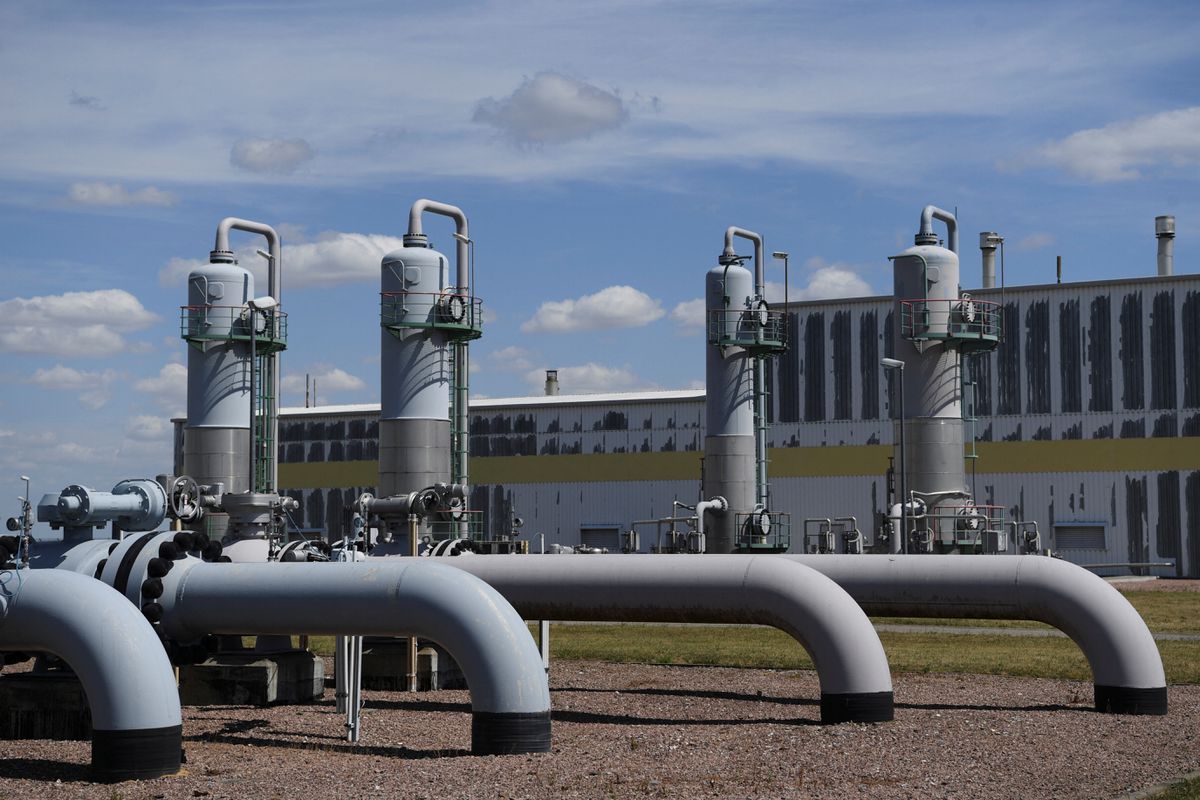Germany, Europe’s biggest economy and historically a major importer of Russian gas, is scrambling to secure alternative supplies following a plunge in flows from Russia since its invasion of Ukraine. Here is what Germany is doing:
WHERE ARE THE REPLACEMENTS COMING FROM?
Germany is sourcing more gas from Benelux countries, Norway, and France.
Germany imported 37.6 per cent of gas from Norway in September compared with 19.2 per cent in the same month last year, while Dutch deliveries climbed to 29.6 per cent of imports from 13.7 per cent, data from utility industry group BDEW showed.
Russian volumes were zero in September, having accounted for 60 per cent in September 2021, BDEW said.
PRICES
Benchmark front-month gas prices on the Dutch Title Transfer Facility (TTF) market have fallen 70 per cent from August records, standing at 104 euros a megawatt hour (MWh).
That is still 15 per cent above a year ago but reflects the impact of the replacements.
Underground gas storage caverns are 97.2 per cent full.
IMPORTERS’ STRATEGIES
Stricken importer Uniper (UN01.DE) has said it is sourcing Norwegian, Dutch and Azeri gas via pipelines and using its global role as a trader of liquefied natural gas (LNG) to procure more of the super-cooled gas into north western Europe.
In 2021, it turned over 350 seaborne LNG cargoes.
EnBW (EBKG.DE) subsidiary VNG says it has been replacing two Russian contracts totalling 10 billion cubic metres (bcm) per year since May with over-the-counter (OTC), bilateral and LNG deals with other countries, a strategy also pursued by Securing Energy for Europe (Sefe), formerly Gazprom Germania.
In 2023, Sefe wants to source 20 per cent of its portfolio in the form of LNG and has posted enquiries with many trade partners.
LNG TERMINALS
In the absence of LNG reception terminals, Germany is building floating LNG terminals (FSRUs), of which two will be ready at the turn of the year, in Brunsbuettel and Wilhelmshaven. Two more will follow at Stade and Lubmin.
The four will have a total capacity of 22.5 bcm.
A fifth FSRU is planned for winter 2023/24.
In the long term, fixed onshore terminals will be built with a view to receiving gas, carbon-free hydrogen, and ammonia.







Click here to change your cookie preferences